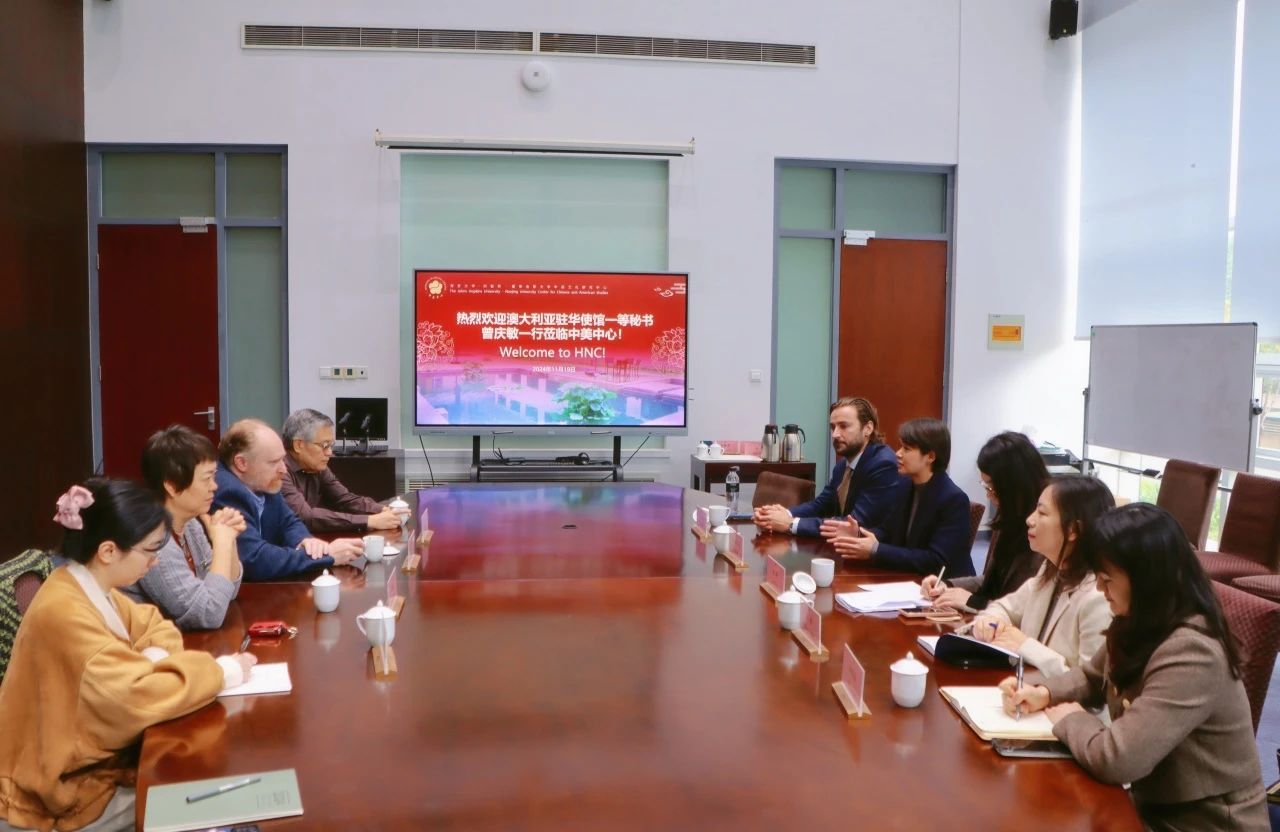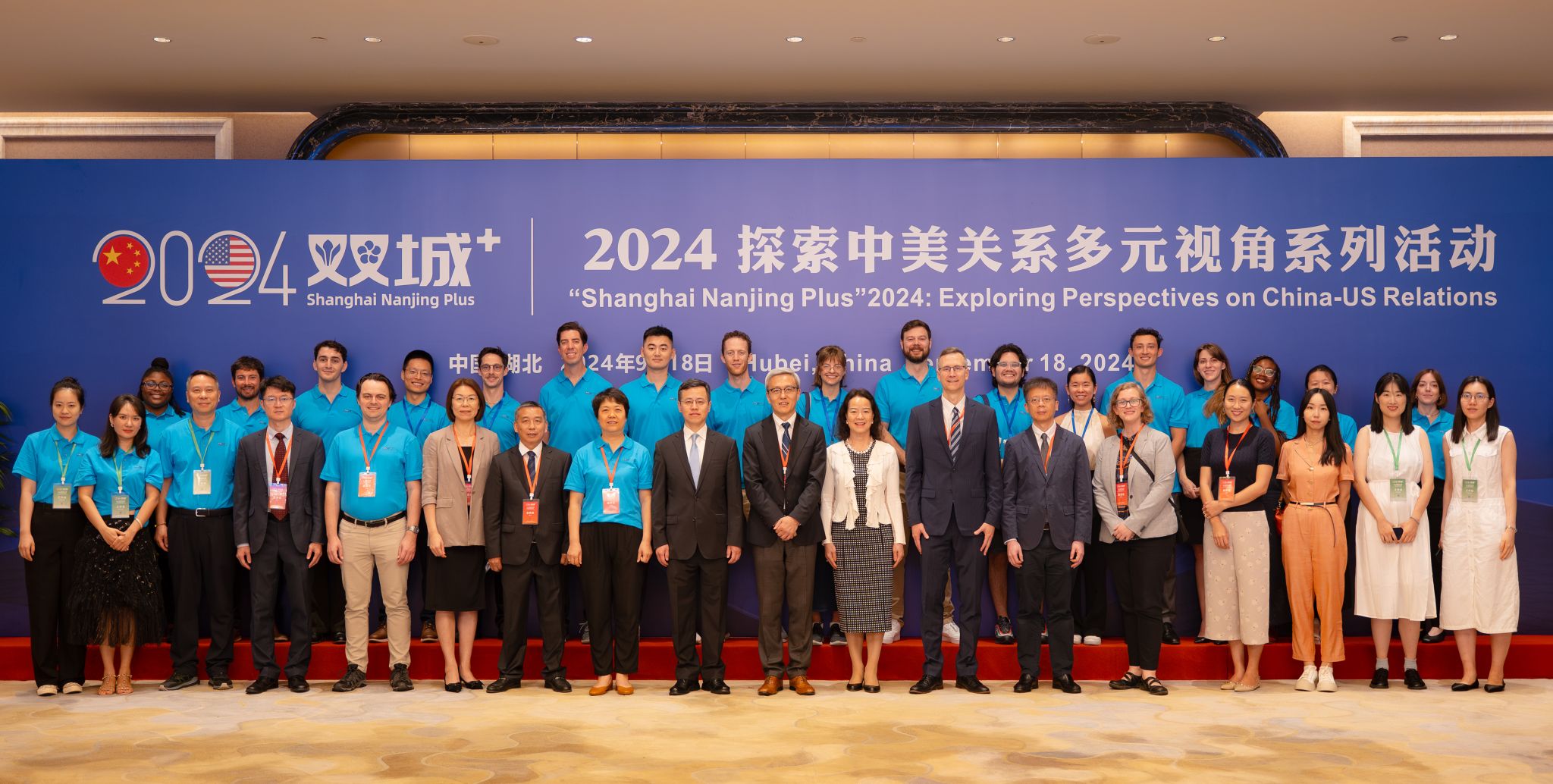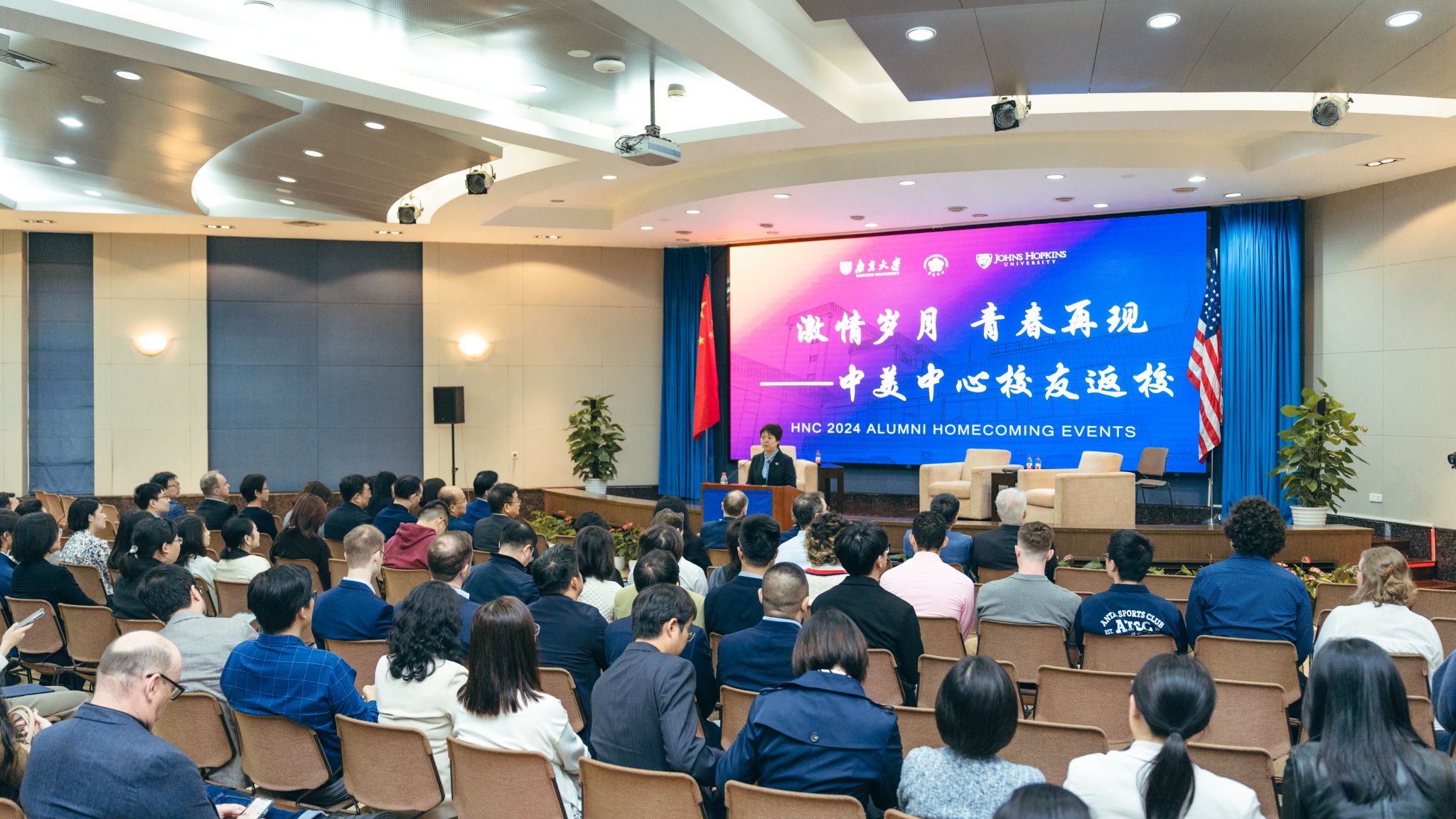Since its official enrollment in 1986, The Johns Hopkins University-Nanjing University Center for Chinese and American Studies has been adhering to the characteristics of cross-language, cross-culture, and cross-disciplinary teaching for more than 30 years, creating a platform for cultural exchange between China and foreign countries to live together, learn together and grow together. Chinese students share a dormitory with international students, creating a good "transnational" partnership between students. Chinese and American roommates have deepened their understanding of each other's cultures and become close friends. They have become a significant force in promoting friendly exchanges and cooperation between China and the United States. We spoke to some of the center's good roommates to share their stories.
王京明 & Patrick Cranley(柯炜文)
1986-1987 certificate
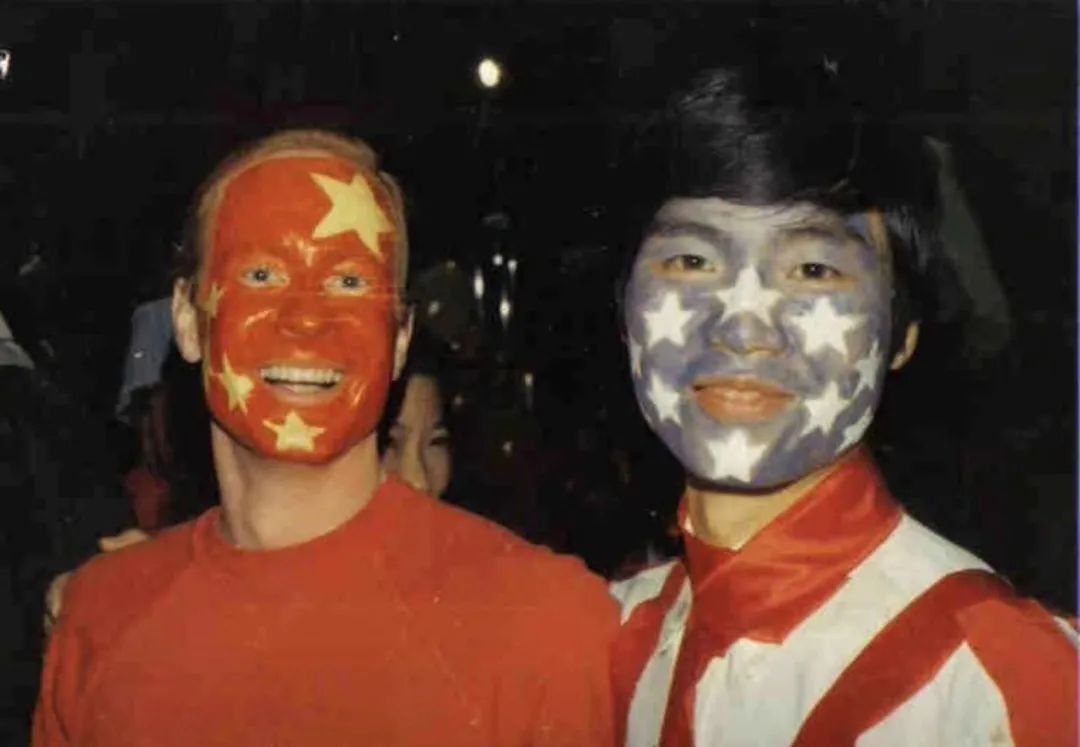
Photo | HNC Halloween party in October 1986
One roommate was from a working-class family and had never traveled outside of his country of birth. The other roommate had a privileged upbringing and had travelled the world. But they had far more in common that it at first appeared. Both young men shared a strong interest in international affairs, a fascination with the history and cultures of each other's country, and a curiosity about the commonalities and differences between people in China and the United States.
No surprise, then, that Wang Jingming and Patrick Cranley became fast friends at the start of the first academic year of the Hopkins-Nanjing Center in the fall of 1986. What is more surprising is that the roommates were able to maintain and deepen that friendship despite thousands of miles and many years of separation.
Patrick returned to the U.S., finished his graduate degrees and went to work with a big multinational.WangJingming was accepted to a graduate school in the U.S. and Patrick helped him with tuition and living expenses. “Jimmy” went to work in a metals trading company and brought his wife and young son to join him in America. They had another son. In the meantime, Patrick married, had two children and moved with his young family to China. Wang Jingming started his own company and helped capitalize Patrick's start-up as well.
The roommates switched countries, but continued to stay in close touch. Each year, they would try very hard to spend time together. When time permitted, the pair spent days traveling and talking on the way to visit relatives or to explore vineyards. Often, their visits were restricted to quick meals before dashes to the airport.
Covid has of course restricted international travel, but technology has enabled them to maintain close communication. They both look forward to the next 35 years of their friendship - a living example of the kind of bilateral relationships that have been central to the Hopkins-Nanjing Center's mission from its inception.
李卉 & Heidi Proegler(潘海蒂)
1986-1987 certificate
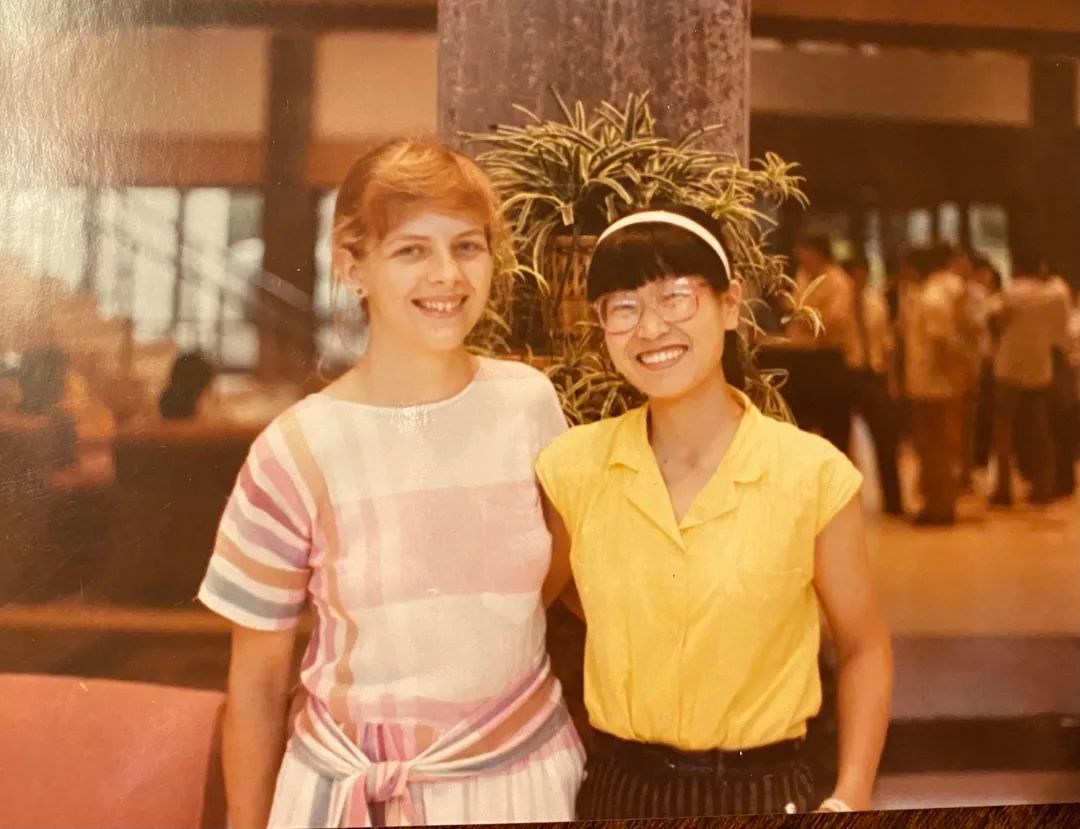
Photo | At HNC
We were already dancers when we became roommates, so it was natural that we should dance in the first-ever Center talent show in 1986. Li Hui (李卉), now Lee Chen, grew up in Inner Mongolia and was a child performer. She was the one who hatched the idea of teaching her American roommate, Heidi Proegler (潘海蒂), now Heidi Chay, a Mongolian dance for the talent show. Heidi was game, and she learned the Mongolian dance moves well enough to prevent embarrassment. The performance was one of our unforgettable memories from our time at the Center.
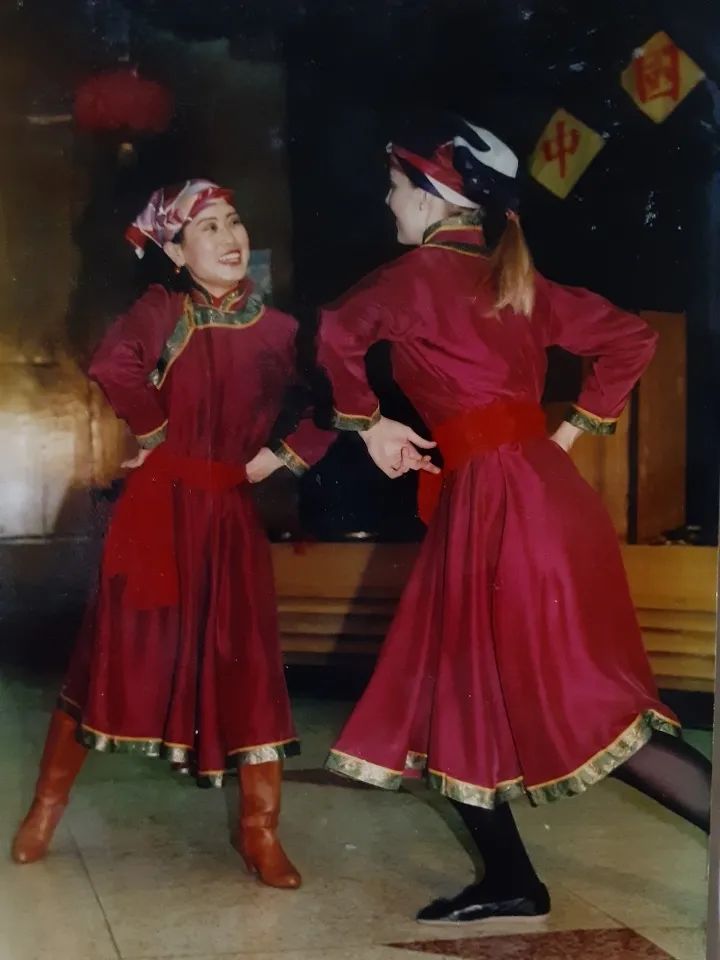
Photo | Mongolian Dance at the Talent Show (first time) in 1986
We've danced in all sorts of ways since then. Heidi organized community dances for 15 years in Kenai, Alaska. She's taught folk dances to elementary and high school students, taken "introduction to swing dancing" classes several times with her husband Dan, the Chuan zhang (船长), and raised two dancing daughters. Lee has danced with a Modern Dance Company in Chicago and performed Balinese Kecak and Japanese butoh at the University of Hawaii. After raising two sons who are Shaolin Kung Fu performers, Lee ended up dancing for Eminem's music video, Venom, in 2018. Before the pandemic, Lee was going back to her roots learning more Chinese traditional dances including the Chinese fan dance (扇子舞). Lee Chen is currently an actress in Hollywood. (www.imdb.me/leechen)
We've danced the dance of friendship for 35 years now, meeting up in Beijing and the small Alaska town where Heidi has lived since 1995, and Chicago and Monterey Park, California, where Lee has lived since 1998. It's been far too long though since we've seen each other in person, and preparing this short story for the Center newsletter got us thinking: Wouldn't it be fun to get together to dance again? So, that's the plan. Heidi recently retired and is freer to travel, so before another year has passed, the two of us will dance the Chinese fan dance some early morning in a park near Lee's house followed by lunch at Lee's favorite dim sum place.
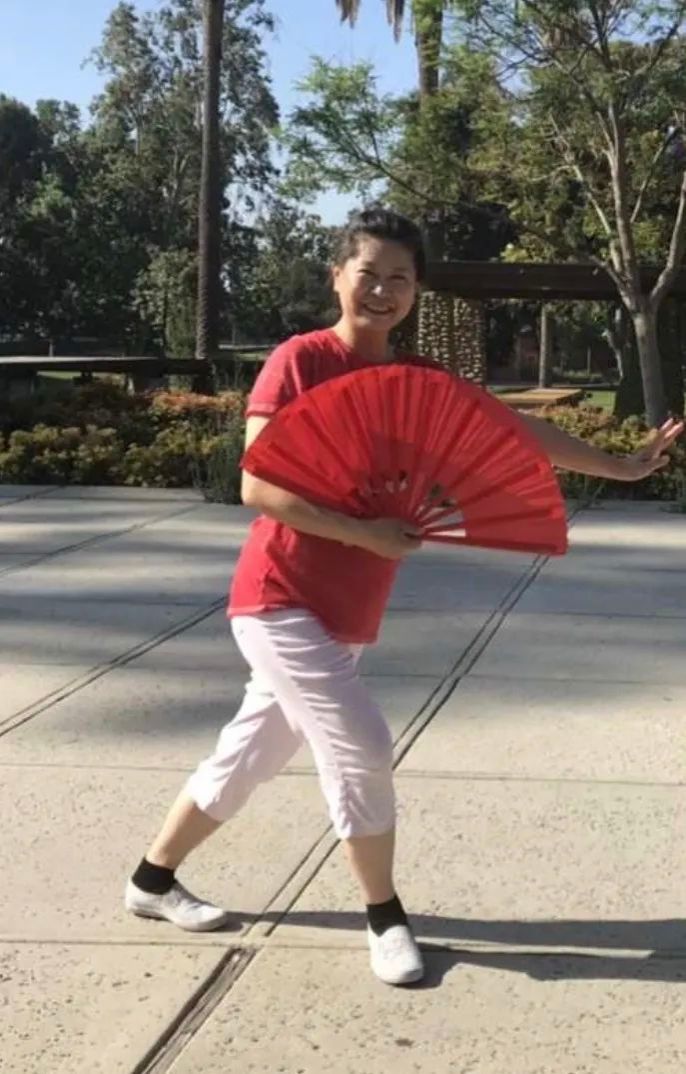
Photo | Li Hui practiced the Chinese fan dance
Maybe you're a dancer, and the pandemic was a major interruption to your usual dance opportunities. Maybe you see yourself as "not a dancer". In any event, the capacity to move to music is deeply human and humanizing, especially in this age of handheld devices and digital communications. We encourage you to join us. Put on some music and move! Better yet, do it with a friend.

Photo | A recent photo of Heidi Proegler

